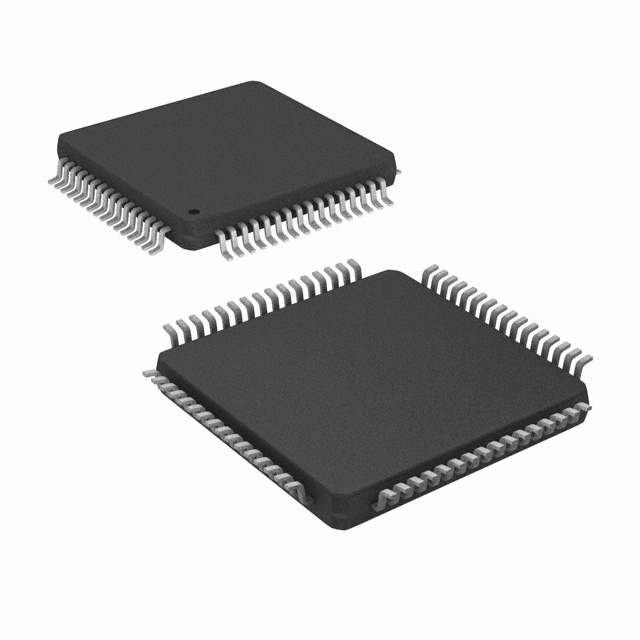
Microchip Technology
AT90CAN128-15AT
Microcontrollers



.png?x-oss-process=image/format,webp/resize,p_30)


AT90CAN128-15AT Description
The AT90CAN128-15AT is a microcontroller unit (MCU) developed by Microchip Technology. It is based on the 8-bit AVR architecture and features a CAN (Controller Area Network) interface for communication.
Description:
The AT90CAN128-15AT is a high-performance, low-power MCU with 128KB of flash memory, 4KB of EEPROM, and 16KB of SRAM. It operates at a frequency of up to 16 MHz and has a wide operating voltage range of 1.8V to 6V. The device is available in a 44-pin TQFP package.
Features:
- 8-bit AVR RISC architecture with 128KB flash memory, 4KB EEPROM, and 16KB SRAM.
- CAN interface for communication with other devices.
- 16 MHz operating frequency.
- Wide operating voltage range of 1.8V to 6V.
- 44-pin TQFP package.
- On-chip debugging and programming capabilities.
- Sleep mode for low-power consumption.
- Enhanced security features, including a JTAG interface and a bootloader.
Applications:
The AT90CAN128-15AT is suitable for a wide range of applications that require low-power consumption and high-performance processing. Some of the potential applications include:
- Industrial control systems: The CAN interface makes it ideal for use in industrial control systems, where devices need to communicate with each other over a network.
- Automotive systems: The device's low-power consumption and robustness make it suitable for use in automotive applications, such as engine control units, body control modules, and infotainment systems.
- Medical devices: The AT90CAN128-15AT can be used in medical devices that require low-power consumption and high reliability, such as portable monitoring equipment and implantable devices.
- Home automation: The device can be used in home automation systems for controlling and monitoring various devices, such as lighting, heating, and security systems.
- IoT devices: The AT90CAN128-15AT can be used in Internet of Things (IoT) devices for data collection, processing, and communication with other devices over a network.
In summary, the AT90CAN128-15AT is a versatile and powerful MCU that can be used in a wide range of applications, thanks to its low-power consumption, high-performance processing, and built-in CAN interface.
Tech Specifications
AT90CAN128-15AT Documents
Download datasheets and manufacturer documentation for AT90CAN128-15AT
 AT90CAN 21/Oct/2016
AT90CAN 21/Oct/2016  AT90CAN32,64,128 Automotive
AT90CAN32,64,128 Automotive  Transfer to Microchip/Label/Pkg 5/Sep/2016 Carrier Tape 12/Apr/2017
Transfer to Microchip/Label/Pkg 5/Sep/2016 Carrier Tape 12/Apr/2017  AT90CAN128 Development Tool Selector
AT90CAN128 Development Tool Selector  AT90CAN32,64,128 Automotive
AT90CAN32,64,128 Automotive  Marking Chgs 11/Jul/2017
Marking Chgs 11/Jul/2017  Microchip CA Prop65 Microchip RoHS Microchip REACH
Microchip CA Prop65 Microchip RoHS Microchip REACH Relevant Search
Shopping Guide















.png?x-oss-process=image/format,webp/resize,h_32)










